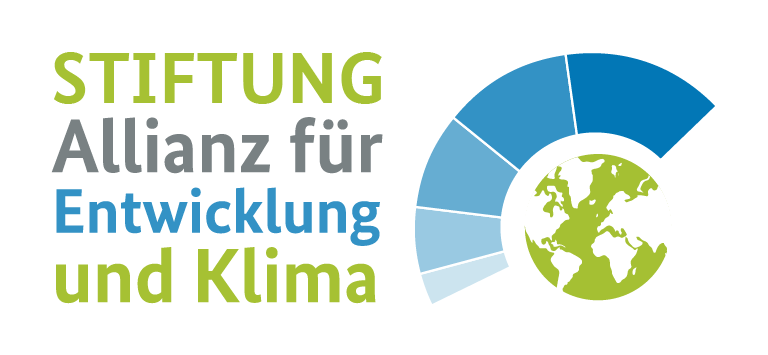Sowohl diese Studie als auch weitere Studien stehen Ihnen kostenlos und frei zugänglich zur Verfügung: https://allianz-entwicklung-klima.de/informieren/infosheets_und_leitfaeden/
The voluntary carbon market (VCM) has been growing considerably in recent years and demand for carbon credits will likely continue to increase in the future. Projects in the VCM can have considerable impacts beyond the reduction of greenhouse gas emissions. These impacts have gained more and more attention over the last few years. Increasingly, buyers of carbon credits want to ensure that projects do not cause harm and have wider positive impacts.
This paper provides an overview of how carbon crediting programs and complementary standards in the VCM address impacts of projects beyond climate change mitigation. It shows that the evaluated programs and standards differ considerably in how they ensure environmental and social safeguards and assess positive and negative sustainable development impacts. The paper identifies several areas in which their requirements could be improved.
• Evaluation of potential negative sustainable development impacts: All evaluated carbon crediting programs and complementary standards focus on attesting positive sustainable development impacts. We recommend that both positive and negative impacts be assessed.
• Application of the Sustainable Development Goals (SDG) framework: Using the SDG framework and existing tools to assess SDG interactions can help to analyze impacts in a systematic and comparable manner.
• Timing of local stakeholder consultations: To ensure that stakeholders can inform the design of a project, local stakeholder consultation should be conducted prior to the decision to proceed with a project.
• Monitoring of possible adverse impacts as well as positive impacts: Ongoing monitoring of a project’s impacts can help provide additional assurance on how stakeholders are affected and whether any remedial measures are effective.
• Elaboration of specific safeguards: The current safeguard provisions could be strengthened, in particular with regard to prior, free and informed consent of indigenous people, an overarching gender policy, and safeguardsforspecific areas (e.g. labour rights, biodiversity). Buyers of carbon credits should be aware of these current limitations. They can address these shortcomings in several ways. Firstly, they can buy carbon credits issued under carbon crediting programs, or combinations of programs and complementary standards, that provide more rigorous requirements. For example, the Clean Development Mechanism (CDM) is often used in combination with the Gold Standard (GS) and the Verified Carbon Standard (VCS) can be combined with the Sustainable Development Verified Impact Standard (SD VISta) or the Climate, Community & Biodiversity Standards (CCBS). Secondly, large buyers can conduct their own due diligence to ascertain positive impacts of projects. Additionally, they could make use of online tools to estimate the expected sustainable development impact and the quality of the carbon credit. Future work might explore producing a guidance document on or generalized assessment of typical sustainable development impacts of project types to help carbon credit buyers to make
more informed decisions. A second work package in context of this project will look into this further


